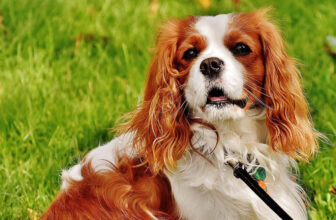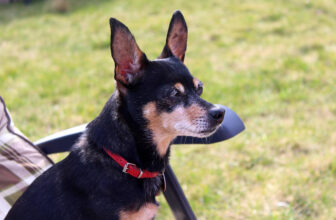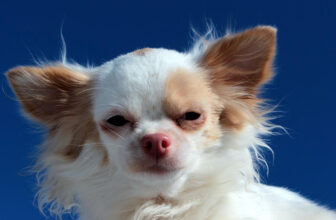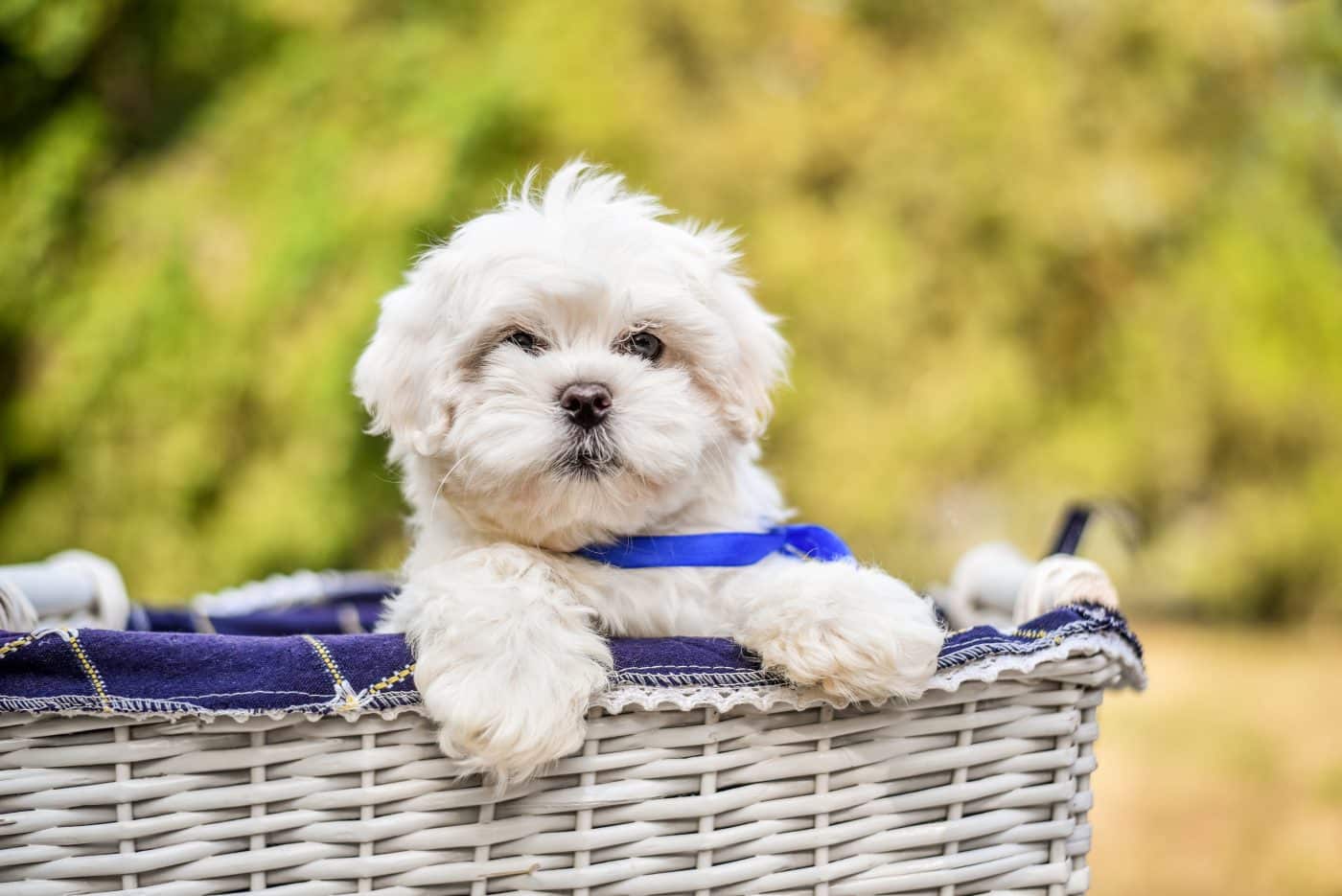
Check out our latest products
Shutterstock
Some dogs are born to fetch. Others are born to rule. Throughout history, a select group of canine companions have graced the laps of monarchs, strutted through gilded palace halls, and lounged like living luxuries on velvet cushions. These breeds were destined for the high life. These royal pups were already living their best lives—dining on delicacies and being worshipped like furry deities. Their legacy is not just about their noble bloodlines but how effortlessly they’ve charmed queens and stolen the spotlight in portraits that still hang in castles.
Cavalier King Charles Spaniel
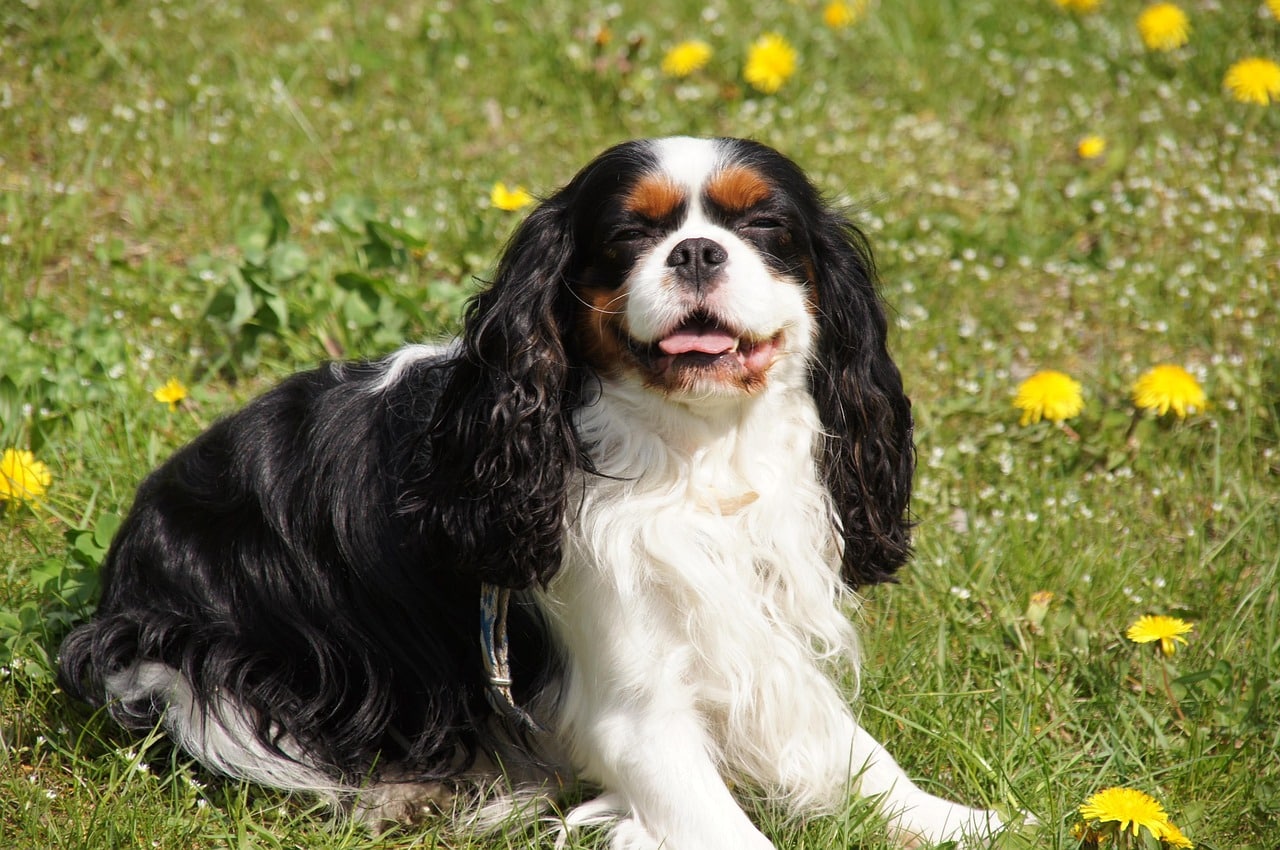
Shutterstock
When your breed is named after a literal king, you know you’re destined for the throne—well, at least the velvet pillow on it. The Cavalier King Charles Spaniel was the beloved companion of King Charles II of England. He was so obsessed with these dogs that he allegedly let them roam freely through the royal court, even during official business. With their expressive eyes, flowing ears, and affectionate personalities, it’s no wonder they became the ultimate lap dogs for European nobility. They’ve got elegance, sweetness, and a touch of drama—all the makings of a royal confidant. If they could speak, they’d definitely request their own crown jewels.
Pekingese
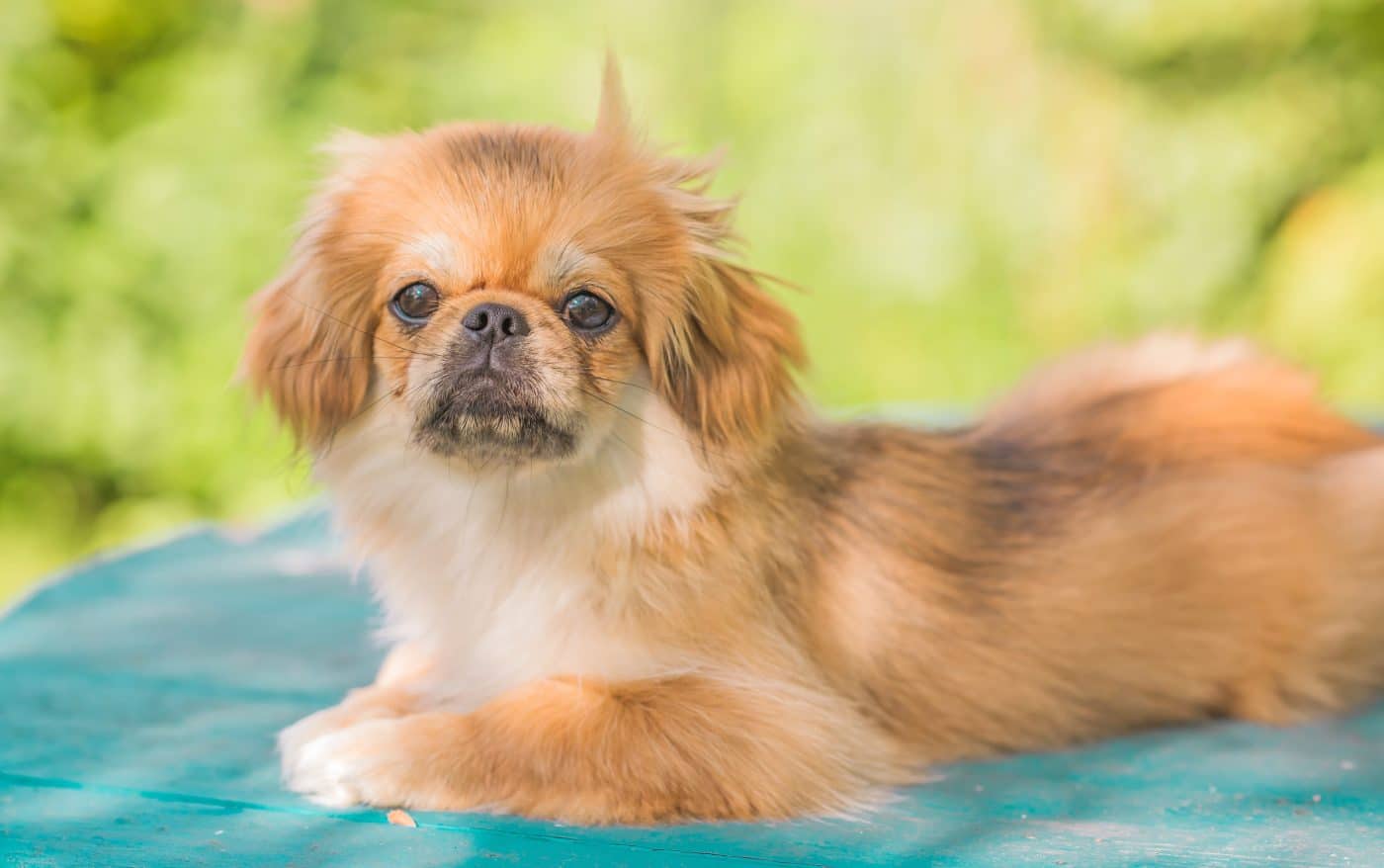
Shutterstock
The Pekingese has such a dramatic origin story; it sounds like ancient fan fiction. Legend says they were created when a lion fell in love with a marmoset, and the gods shrunk the lion into the regal, puffball-sized dog we know today. In reality, these dogs were bred exclusively for Chinese royalty and were so sacred that commoners were forbidden to touch them. With their lion-like manes, proud strut, and stoic expressions, they carried themselves like emperors in fur coats. Honestly, they didn’t just sit in the laps of royals—they acted like they were the royals.
Shih Tzu

Shutterstock
If royalty had a mascot, it would be the Shih Tzu. Bred to resemble lions—symbols of strength in Chinese culture—Shih Tzus were palace pets to Ming and Qing dynasty emperors and were often treated better than some family members. Their gorgeous flowing coats and perky personalities made them staples of royal courts, and they were rarely seen walking—carrying was the preferred method of transportation. These dogs didn’t fetch balls; they fetched compliments. With their ancient heritage and diva-level charm, they’ve made being royal look effortless for centuries.
Afghan Hound
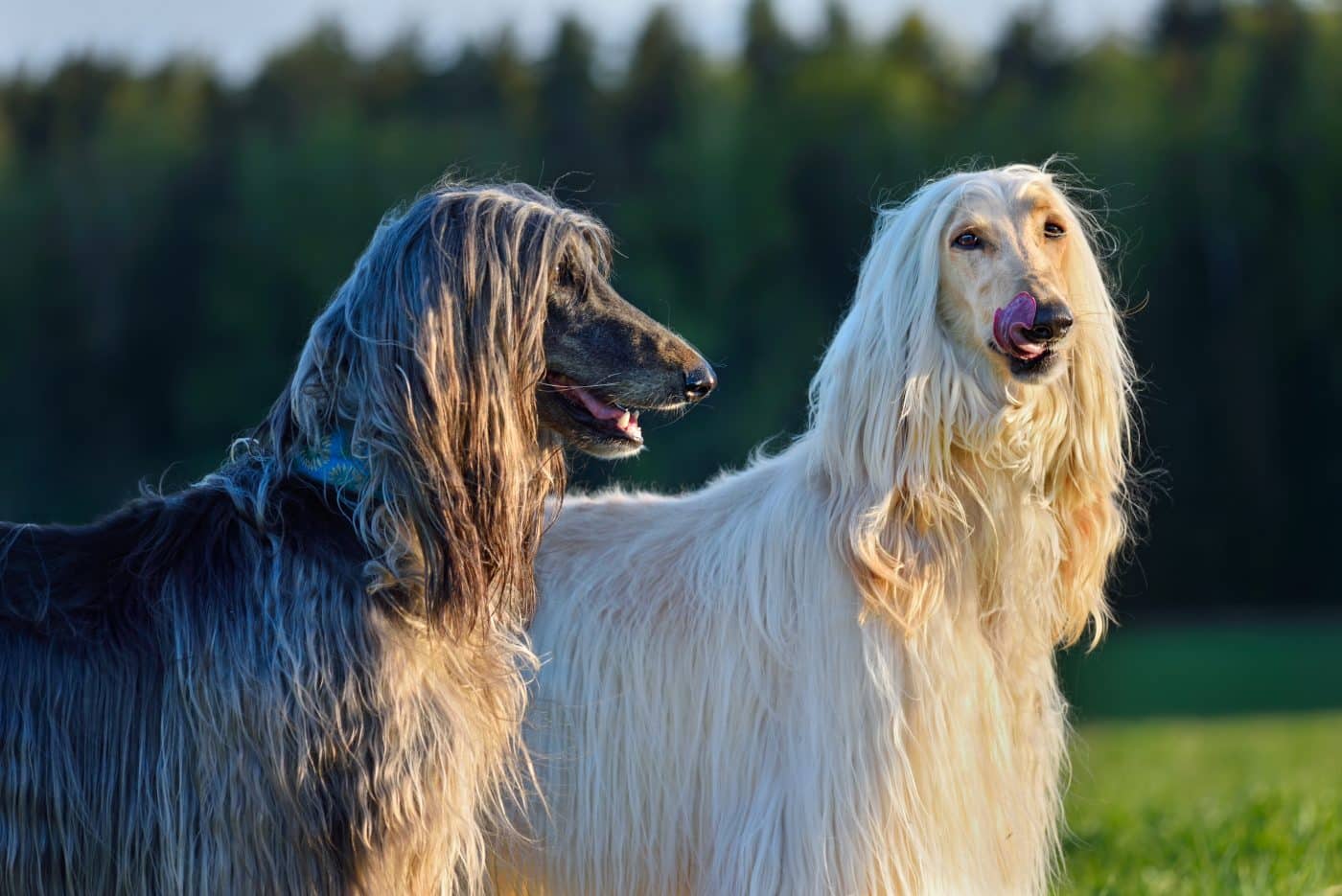
Shutterstock
The Afghan Hound looks like it woke up in a shampoo commercial and hasn’t stopped playing since. With its elegant posture, silky coat, and aloof gaze, this breed has long been associated with aristocracy and refinement. Originating in the mountains of Afghanistan, it was once used by royalty for hunting, but let’s be honest—this dog doesn’t hunt so much as a model in the wild. Afghan Hounds know they’re beautiful and expect to be treated accordingly. Put one in a castle; it wouldn’t just belong—it would redecorate.
Japanese Chin
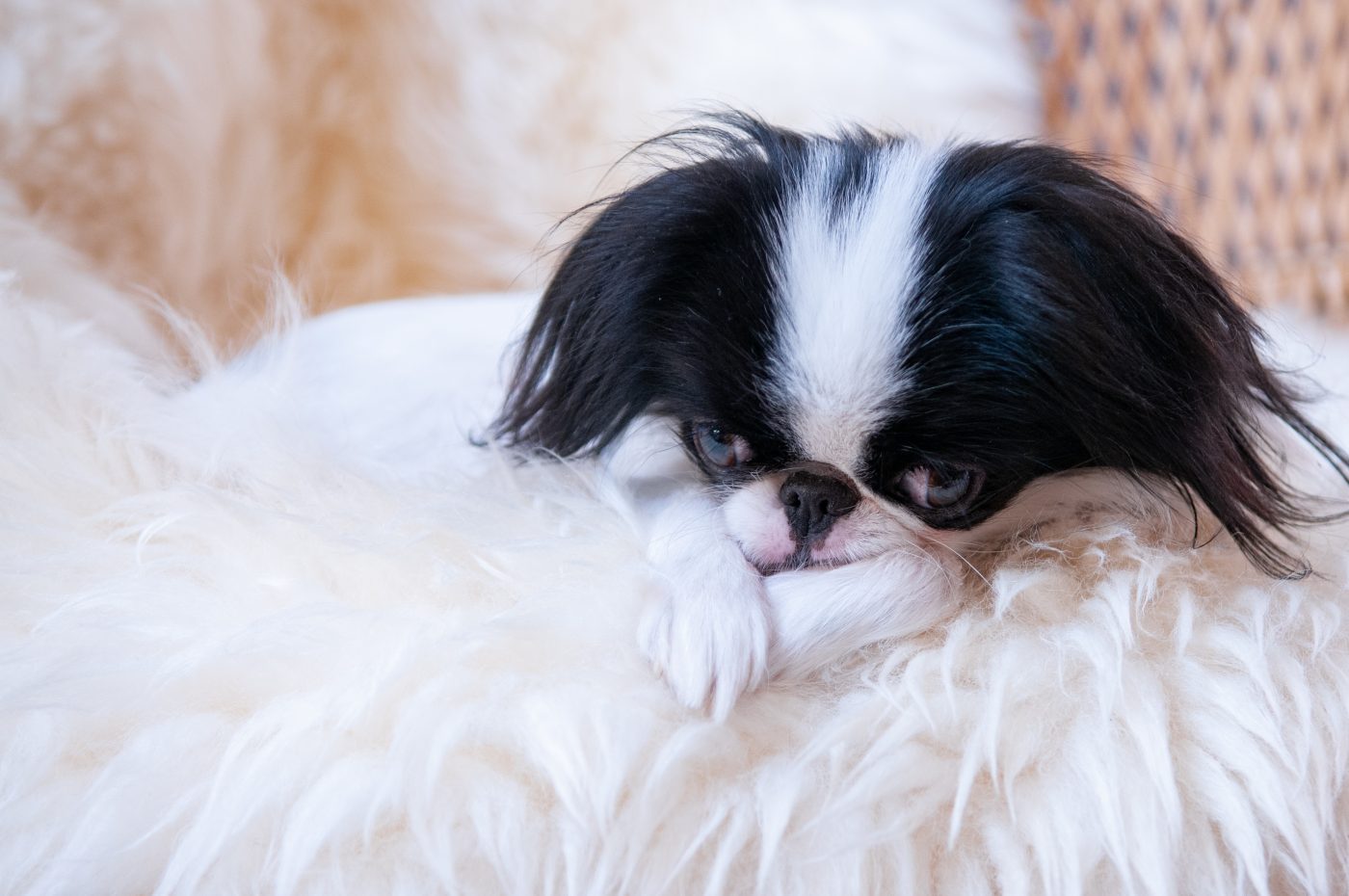
Shutterstock
The Japanese Chin was adored by the Japanese Imperial Court and treated more like a prized ornament than a regular pet. These dogs were known to be carried in the sleeves of royal robes, which is about as extra as it gets. Their elegant gait, cat-like behaviors, and charming expressions made them ideal lap companions for nobles who preferred their pets with a touch of mystery. Chins were also considered bringers of good fortune and spiritual harmony. In short, they were living art pieces with a personality and a pedigree.
Lhasa Apso

Shutterstock
Straight from the snowy monasteries of Tibet, the Lhasa Apso was bred not for the outdoors but to guard royal and spiritual households from within. Considered sacred, these dogs were believed to carry the souls of monks who hadn’t yet reached enlightenment. Their thick coats, keen senses, and dignified attitude made them ideal temple guardians—and excellent royalty-adjacent fluff balls. Lhasas didn’t just live with nobility; they were treated like reincarnated nobility. They’re not here for fetch—they’re here for spiritual guidance and possibly room service.
Papillon
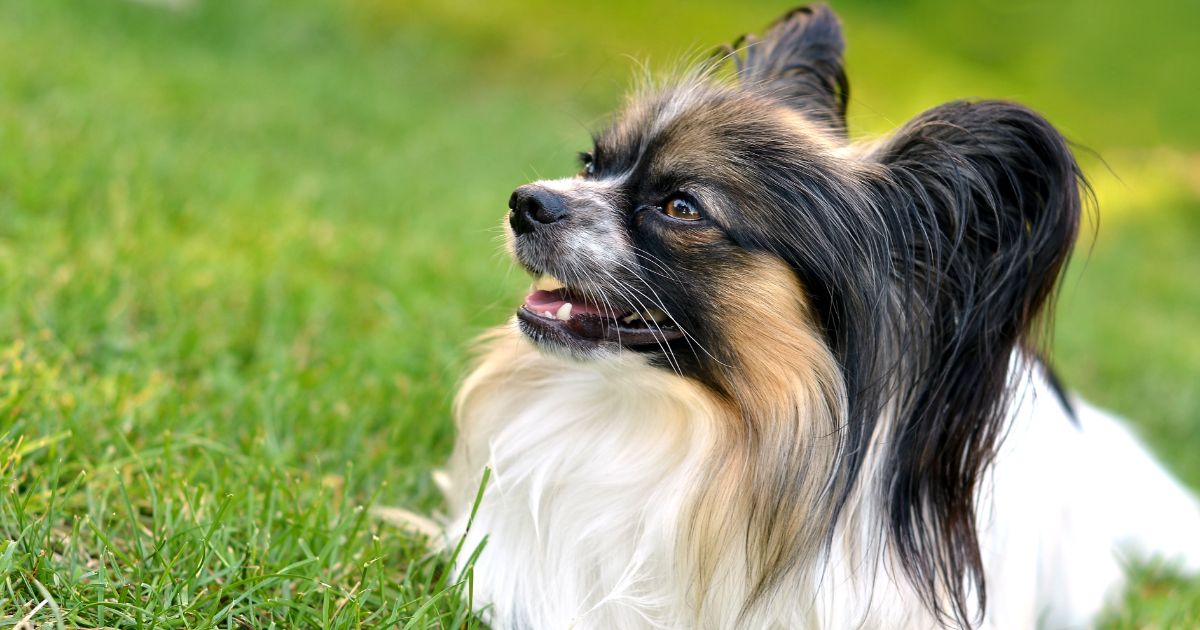
Shutterstock
The Papillon, with its butterfly-like ears and prance-worthy attitude, was the star of many royal European portraits. It was especially favored in France and Spain, finding its way into the arms of queens like Marie Antoinette, who reportedly walked to the guillotine clutching her beloved Papillon. These dogs were graceful, lively, and always camera-ready, whether for oil paintings or dramatic palace exits. They practically invented the royal head tilt. If there had been social media in the 1700s, Papillons would’ve run the royal influencer game.
Maltese

Shutterstock
The Maltese has been living the VIP life since the time of the ancient Greeks. Often found in the laps of Roman matrons and wrapped in silk by Renaissance nobility, this breed has been consistently treated like something too cute to exist outside a jewelry box. Their snow-white coat, alert eyes, and charming personality made them a favorite among aristocrats, especially those who appreciated low-shedding lap luxury. These dogs didn’t just walk through history—they floated. And if they didn’t want to walk, someone always carried them anyway.
Italian Greyhound
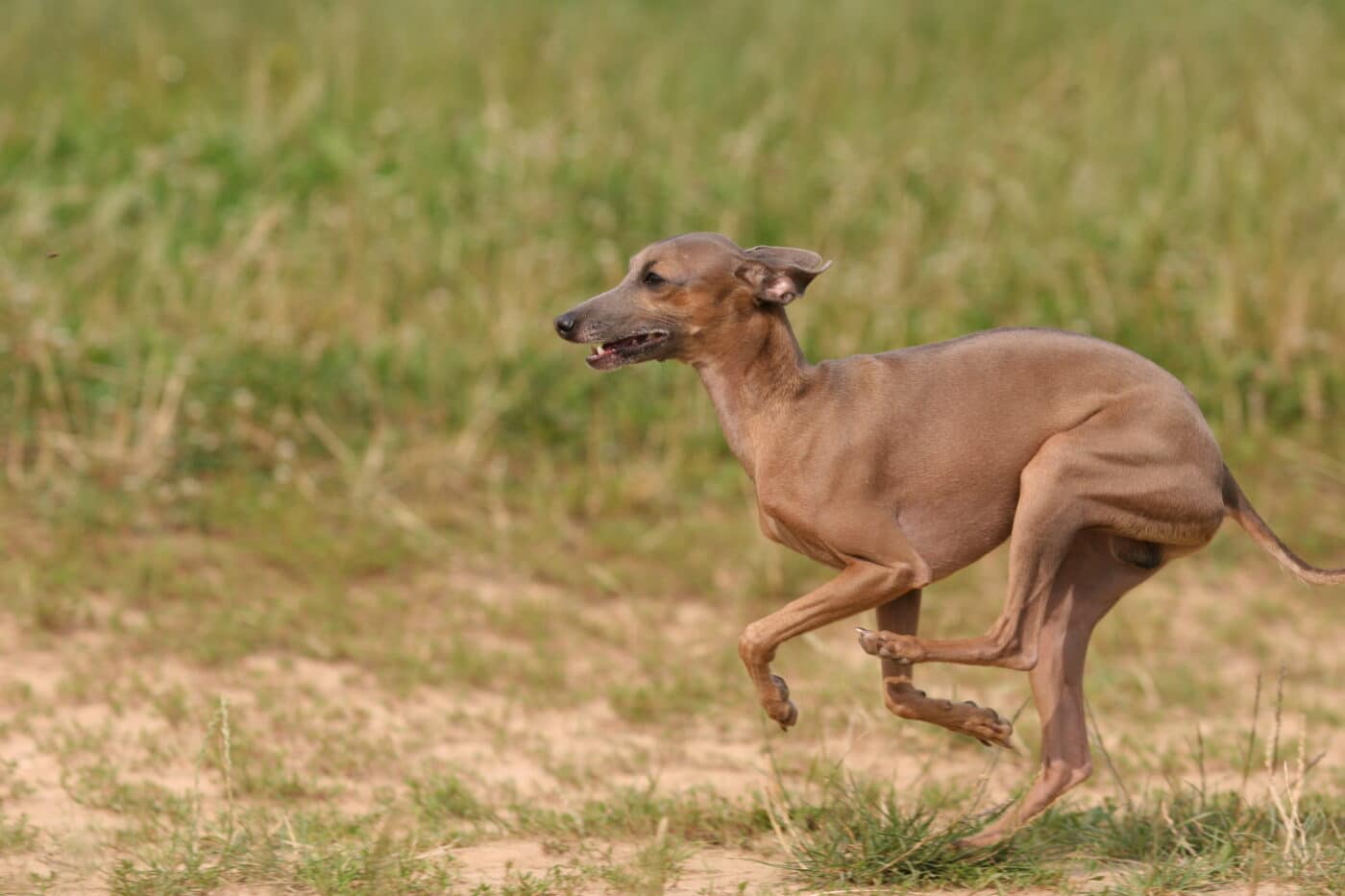
Shutterstock
Slender, refined, and eternally graceful, the Italian Greyhound was a fixture in the royal courts of Europe, especially beloved by the nobility during the Renaissance. These dogs were pampered, painted, and practically revered. Catherine the Great of Russia and various French royals considered them must-have accessories—though they were far more than fashion statements. They’re playful, affectionate, and loyal, with just enough drama to fit in with high society. If they had a motto, it would be: “Elegance, but make it speedy.”
Pharaoh Hound
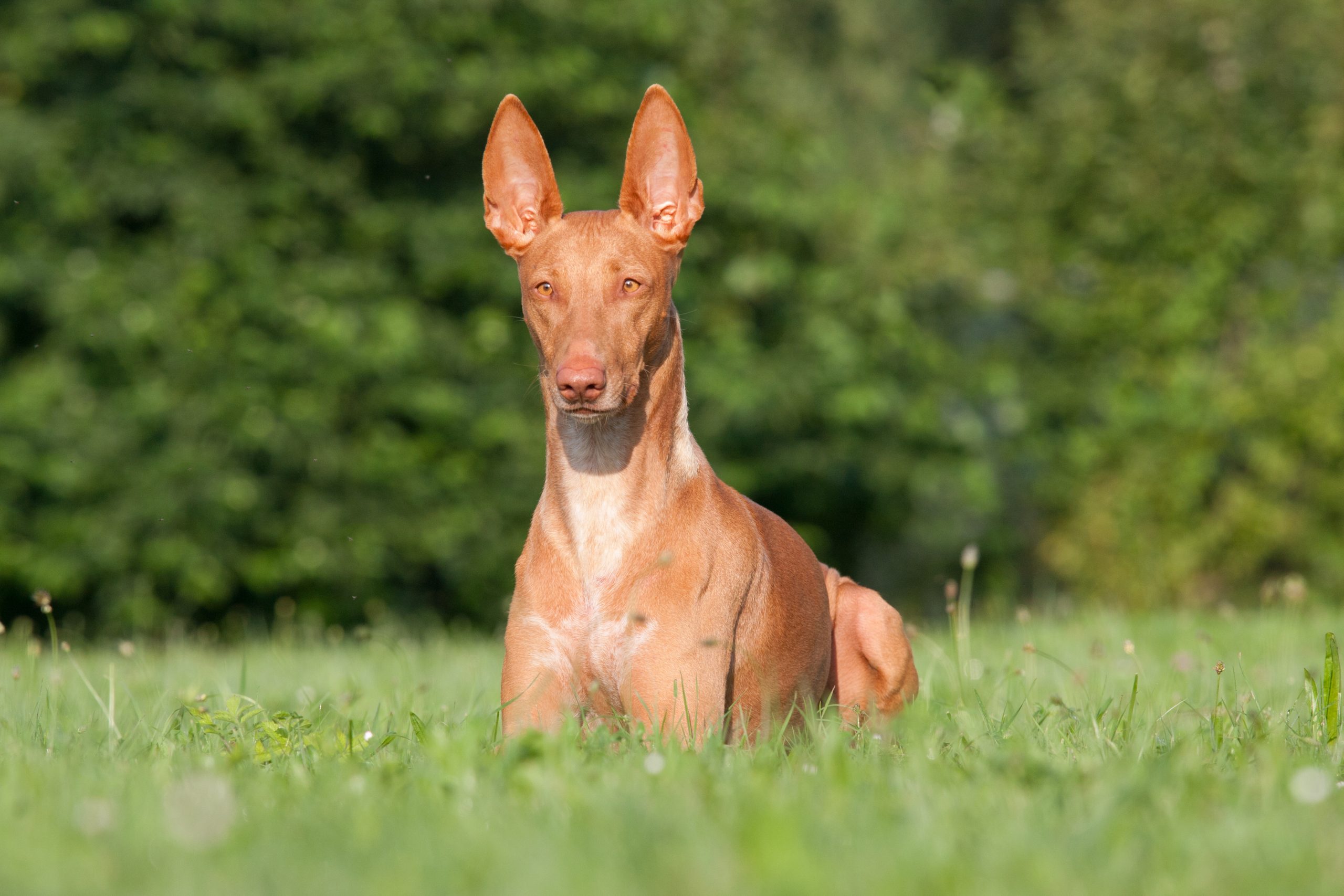
Shutterstock
Despite being the national dog of Malta, the Pharaoh Hound certainly looks like it just stepped off an ancient Egyptian mural. With its sleek form and noble bearing, this breed was long associated with gods and royalty. Known for their unique ability to “blush” when excited—their nose and ears turn a warm pink—Pharaoh Hounds are elegant and endearingly quirky. Whether hunting with kings or lounging on gold-trimmed cushions, these dogs never missed a chance to look majestic. They’re not here for your tricks—they’re here for your throne room.
Chow Chow
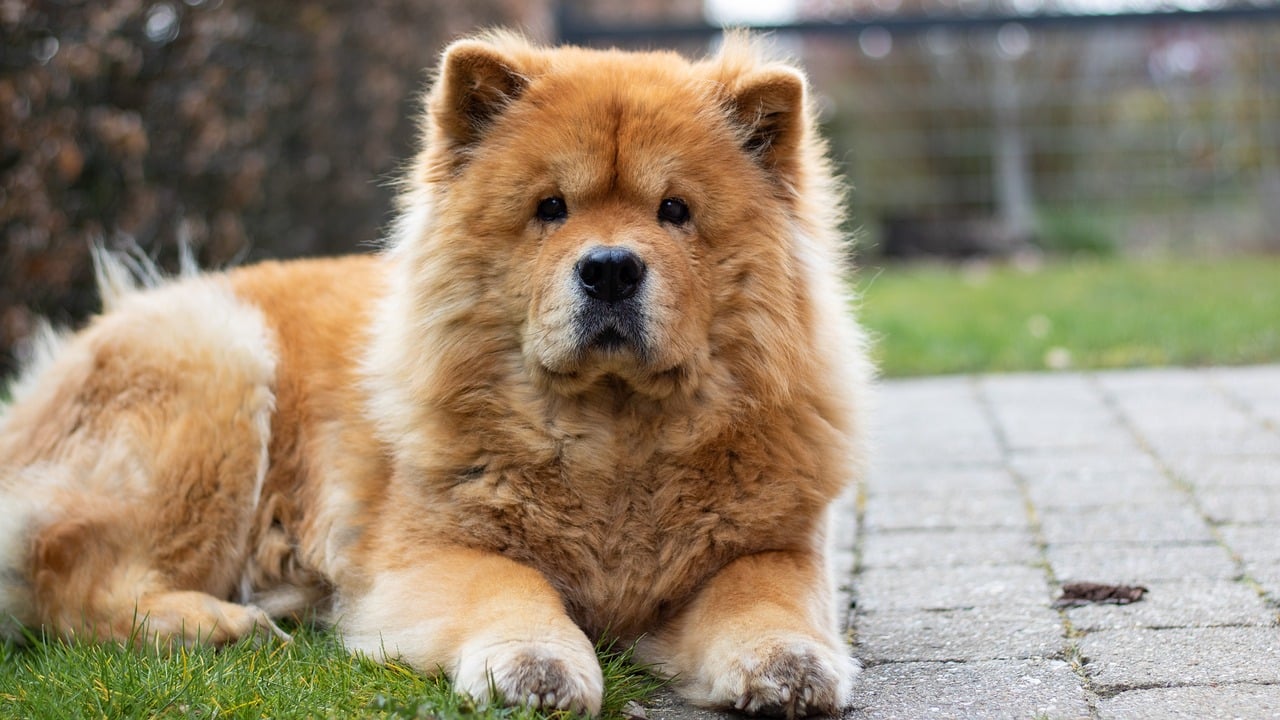
Shutterstock
With a lion-like mane and a tongue as blue as a royal sapphire, the Chow Chow is basically a regal beast disguised as a dog. Originating from ancient China, this breed was a guardian, hunter, and temple protector—all while looking too fabulous for manual labor. Chinese emperors often kept them as royal companions, impressed by their aloof charm and watchful presence. Chow Chows don’t beg for attention—they assume it’s already theirs. If a Chow lived in a palace, it wouldn’t just guard the gate—it would probably demand a crown and an entourage.
The Fluffiest Royals Of Them All

MidJourney
These dogs didn’t just serve royalty—they defined it, embodied it, and probably demanded an entourage. With every confident strut and well-timed head tilt, these breeds made it abundantly clear that they weren’t just pets—they were nobility in fur form. Some were spiritual protectors guarding sacred spaces, others were royal lap warmers draped in silk and jewels, but all shared a common belief: the world existed to cater to their needs. They’ve ruled with fluff, finesse, and the occasional royal bark.







![[5G & 2.4G] 2K Indoor Security Camera for Home Security, AI Voice Change for 2-Way Talk, Motion Detection, Night Vision, 24/7 SD Recording/Cloud Storage, WiFi Home Camera, Pet Cam with Phone App](https://i3.wp.com/m.media-amazon.com/images/I/61I2U+sTT3L._AC_SL1500_.jpg?w=300&resize=300,300&ssl=1)


